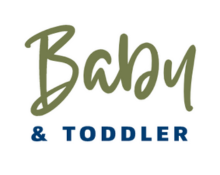
Achieving a good latch is crucial for successful breastfeeding. Here’s a step-by-step guide on how to latch your baby at the breast:
Find a comfortable and quiet place to sit, where you can relax and focus on the feeding without distractions.
Position yourself in a way that supports your back and arms, using pillows or cushions for added comfort and support if needed.
Hold your baby close to your body, facing your breast. Use one hand to support their head and neck, and the other hand to support their back and bottom.
Wait for your baby to open their mouth wide, which indicates they are ready to latch. You can gently stimulate their lower lip with your nipple to encourage them to open wider.
When your baby’s mouth is wide open, bring them quickly and firmly to the breast, ensuring their lower lip and tongue make contact with the underside of the breast first. Their mouth should cover a large portion of the areola, not just the nipple.
Allow your baby’s chin to touch the breast, with their nose slightly away from the breast to ensure they can breathe comfortably.
Pay attention to the positioning of your baby’s lips. Their bottom lip should be flanged outward, while their top lip may be curled slightly inward.
Check for signs of a deep latch. Your baby’s cheeks should be rounded and not sucked in, and you should hear a rhythmic pattern of swallowing as they feed.
Make sure your baby’s body is aligned with their head and neck in a straight line, and they are facing your breast directly.
If the latch feels uncomfortable or painful, gently insert your finger into the corner of your baby’s mouth to break the suction and try latching again.
Remember, achieving a good latch may take some practice, and it’s normal to experience some discomfort in the initial days. If you continue to have difficulties with latching or experience persistent pain, seeking guidance from a lactation consultant or healthcare professional can be helpful. They can provide personalized support and assistance to ensure a successful breastfeeding journey.
